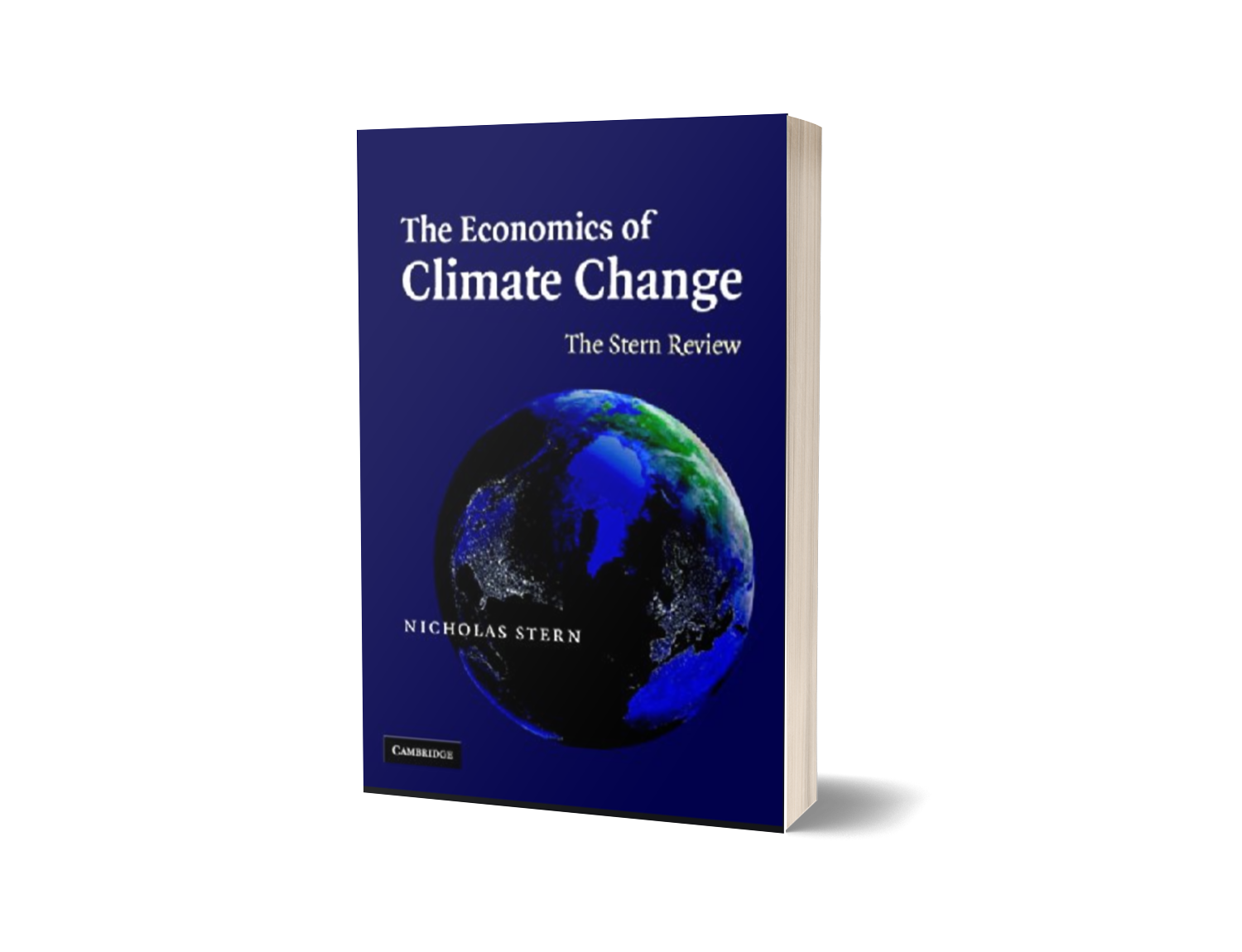How To Avoid Climate Disaster
Book by Bill Gates (2021)
Bill Gates has a long history of involvement with climate action through the Gates Foundation and more recently the Breakthrough Energy coalition, established in 2015 by Bill and private investors, which aims to support the transition to net-zero emissions.
“Breakthrough Energy is a network of entities and initiatives, including investment funds, nonprofit and philanthropic programs, and policy efforts linked by a common commitment to scale the technologies we need to achieve a path to net zero emissions by 2050. We are encouraging the development of new net-zero energy technologies, championing policies that speed innovation from lab to market, and bringing together governments, research institutions, private companies, and investors to expand and enhance clean-energy investment.”
Mr Gates has founded or backed many early stage climate-related ventures such as TerraPower (next generation fast breeder nuclear reactors), Carbon Engineering (direct air capture), and Memphis Meats (cultured meat).
This is his first book on the subject of climate change and I found “How To Avoid Climate Disaster” very accessible and conversational with all the information clearly set-out, and a good logical progression of his argument.
Gates starts with the assumption that to avoid climate disaster we need to reach Net-Zero, and through the book he walks the reader through the transformations required in each area of the global economy (energy supply, manufacturing, agriculture, transport, and amenities) before delving into the necessary adaptation measures as the world warms, his well informed views on development and how this sits with climate solutions, and the actions required of governments, corporates, and individuals.
What’s great about the book is that Gates is very self-aware, writing: “I’m an imperfect messenger on climate change. The world is not exactly lacking in rich men with big ideas about what other people should do, or who think technology can fix any problem. And I own big houses and fly in private planes. . . who am I to lecture anyone on the environment?” He acknowledges his shortfalls, and illustrates the positive actions he is taking to mitigate his own carbon footprint whilst pushing the innovation required to transition the world to zero carbon.
And importantly Bill gets it - the book illustrates why we need to electrify everything where possible, and where not, switch to hydrogen, carbon capture, or biofuels…
But, Gates goes on to say; “I’m also a technophile. Show me a problem, and I’ll look for technology to fix it. When it comes to climate change, I know innovation isn’t the only thing we need. But we cannot keep the earth liveable without it. Techno-fixes are not sufficient, but they are necessary.” And this, in my view, is where the book falls down.
There are way too many pages spent on what Gates has coined ‘Green-Premiums’ or the extra cost of net-zero solutions for specific hard-to-abate activities today. But there is little discussion of the technological learning curves which are rapidly reducing the cost of net-zero solutions, or that many easier-to-abate activities are already at (or very near to) cost parity with fossil fuels.
For example Gates states that the efficiency improvements of solar are “hardly in line with Moore’s law”, yet fails to mention that the cost declines certainly are - solar prices may not have declined as fast as computer chips, but they are following the same technological learning curve, which means that solar electricity is now the same price as fossil fuel electricity all over the world, and once fully scaled should reach less than half the price.
Gates’ ‘Green-Premiums’ also fail to convey the concept of systems thinking - that for example, yes cement might become more expensive in a Net-Zero future, but transportation will become materially cheaper. That you might pay slightly more for building a Net-Zero house but you will save far more from driving an electric car. He misses the crucial point that an electrified system is twice as efficient as the equivalent combustion based system.
Don’t get me wrong, despite these shortcomings Gates has written a good book, it’s a clear roadmap to zero carbon, and is particularly accessible to the generalist reader. My only concern is that his focus on innovation for the hard-to-decarbonise 20% of the economy will give the reader the impression we need to wait before deploying Net-Zero solutions. That is simply not the case. We already have commercial technologies to eliminate ~80% of global emissions, and they are already cost competitive (or near competitive) with fossil fuels, and getting cheaper still. The faster they scale up, the faster we build a cheaper, safer, more resilient energy system and economy.
Gates writes “I hope the Green Premiums in this book will be the start of a longer conversation about the costs of getting to zero. I hope other people will do their own calculations of the premium, and I’d be especially happy to learn that some of them aren’t as high as I think”. Well, I would argue that once you aggregate all those premiums to think at a systems level, and once you integrate those technological learning curves, then the Net-Zero calculation will end up being one big ‘Green Discount’ and a win-win for environment and economy!
Bill Gates is helping to drive global climate action, he is building out the high-risk, patient investment required for the 20% ‘hard-to-abate’ Net-Zero solutions, and the innovation needed to get from 80% to 100% transition. ‘Avoiding Climate Disaster’ is well worth a read but don’t forget we can take action today on the first 80% of emissions reductions - we already have a cost effective solution to most of the problem!
*Cover Design John Gall






















Not a climate change book but an important read for anyone interested in how to objectively evaluate information and make more accurate predictions about the future.